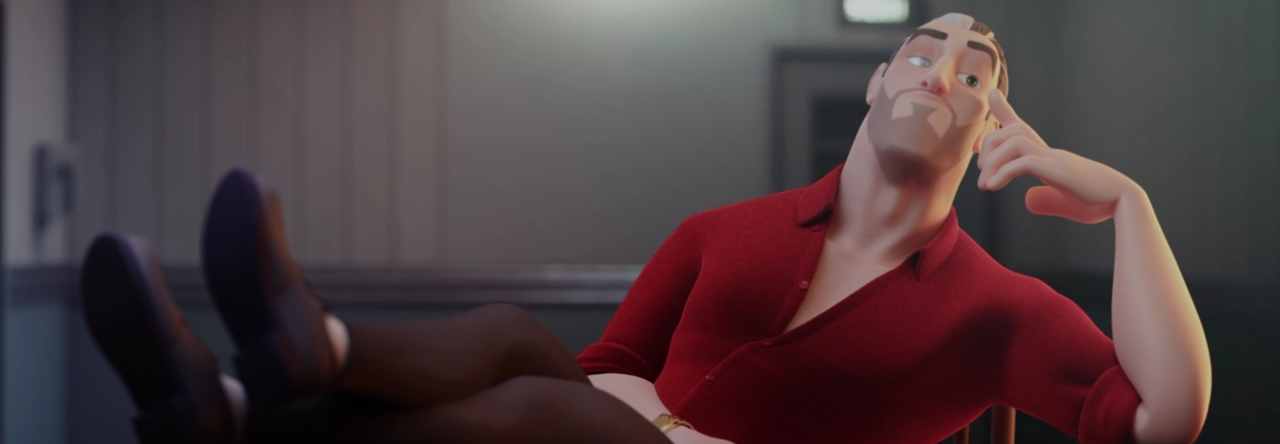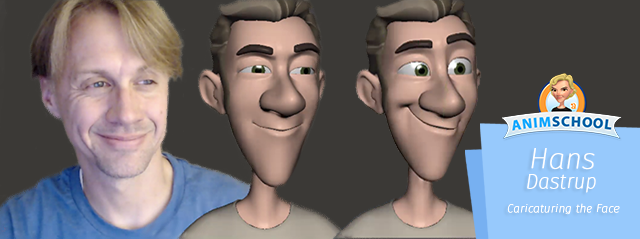As animators, we have the ability to push characters past the bounds of reality, and this is often what makes animation so appealing to watch. Though it can be very helpful to reference real life when animating, exaggerating and caricaturing those references can result in something with more life and appeal – especially when posing the face. Caricaturing the face can lead to cleaner mouth shapes and eye shapes, which make the expressions easier to read, and can help introduce some more personality into the face.
Character expression sheets for animated movies provide some great examples of how shapes can be simplified and pushed to create appealing expressions. Translating those into 3D comes with its own restrictions, but it’s not uncommon for animators to “cheat” the facial controls into unrealistic positions to achieve the looks they want.
To help illustrate this concept, take a look at this clip of Hans Dastrup, an instructor for our Facial Performance class. He shows us how to push a normal facial expression from a reference into something more appealing and suited to stylized characters, and talks about some tips for posing the face in 3D.
Looking for the best 3D Animation schools? For more information about AnimSchool and our online animation programs, visit us at www.animschool.com





